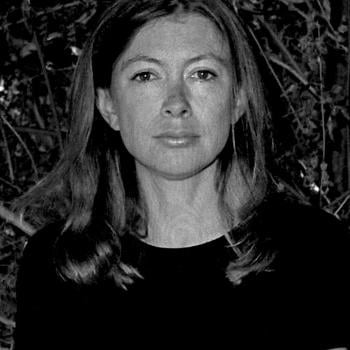I’m pleased to feature a guest post from Bradley Strait, a senior history major at Asbury University. This is based in part on a paper he wrote for the class “Seminar on War, Peace, and Faith.”
***
One hundred-years ago, almost to the day, in 1914, a Christmas story emerged out of the trenches. As the Great War raged on in Belgium, both the Germans and British fought for victory amidst little underground “communities” of human suffering, fear, and sickness. Weary soldiers, on both sides, peered out over their parapets and looked upon a neutral space, in between the trenches, commonly known as “No Man’s Land.”

Not only a place for physical bloodshed, this buffer zone—this “No Man’s Land”—existed as an unaccountable space, into which the soldiers directed their empty gazes, turned their fearful glances, and channeled their darkest imaginations, as they pictured their enemy as less than human. Even in periods of cease-fire, the “sound” of perverse silence in “No Man’s Land” drowned out the quiet of peaceful stillness. No easy description of this space is possible.
“No Man’s Land” even served as a space to imagine a place without violence. Acting as a kind of dream-world for relief, this space was a place to rest the eyes made weary from hours of fearful expectations of enemy advances. The unknown space between the trenches even reflected a certain strand of skepticism. Just as we are cautious about encountering any unknown—a person, place, or feeling—we often fill our minds with certain presuppositions. We let our imaginations turn to fear; our past experiences guide our new experiences, as a way of avoiding potentially new mistakes, and our heightened egotism is quick to disable any form of empathy. We are unable to comprehend, fully, the hearts and minds of others; likewise, “No Man’s Land” had a profoundly indefinable quality. It stands, in other words, as a space filled with meaning no one can really decipher. Yet “No Man’s Land” prompts more than just skeptical reflection. For Henry Williamson, a British soldier on the front lines during Christmas 1914, “No Man’s Land” turned into a space of unexpected meaning, which seems to accompany the Christmas mystery.
As the early months of war unfolded during Christmas 1914, the soldiers’ spirits, nearly extinguished by the brutality of war, began to revive, partially, though significantly, with a sense of humanity and purpose. In the days leading up to Christmas, the exhausted soldiers, compelled to fight for the political cause of their respective countries, suddenly began to see another pattern, a restoration of meaning: “what has been lost and found, and found again,” as T. S. Eliot put it in his poem the Four Quartets. The space of sharp division became a space of unity as a result of the spirit of Christmas. Carols, lighted Christmas trees, holly, and gifts began to fill both sides of the trenches. Such sacred signs, not very different from the signs we now see on streets, in neighborhoods—in cities, suburbs, and in country places—started to break down cultural barriers.
From the trenches, Williamson recorded the original event of the Christmas Truce of 1914. In the letter, he describes how “No Man’s Land” turned from the space of horrifying vacancy to warm Christmas hospitality:
On Xmas eve both armies sang carols and cheered & there was very little firing. The Germans called to our men to come and fetch a cigar & our men told them to come to us. This went on for some time, neither fully trusting the other, until, after much promising to ‘play the game’ a bold Tommy crept out & stood between the trenches, & immediately a Saxon came to meet him. They shook hands & laughed then 16 Germans came out… Thus the ice was broken. (Williamson)
In this passage, Williamson describes how Christmas 1914 revealed a series of unexpected meanings. Isolated silence turned to warm conversations with the enemy, distant lights shone more brightly, not on the activity of war, but on hope, humor, order, and play. The sociologist of religion Peter Berger calls such human events as “signals of transcendence.” Williamson’s letter reminds us that what stepped out of the trench, into the darkness, and, finally, into the light were real people, not abstractions, not enemies—at least not for one profound moment—with real human faces, names, and histories. In this unexpected Christmas 1914, “No Man’s Land” became “every man’s land,” of human solidarity, shared morality, a renewal of culture, and religious faith. When the bold “Tommy” pushed his fear aside, it created a space for love.
A hundred years later, in Christmas 2014, we still hear the noise, rumblings, and rumors of wars. The daily reporting of global news reminds us that we live in a violent, uncertain world. Yet history shows us that peace often comes in unexpected moments, in unexpected places, as it did along the Western Front in 1914. Peace wasn’t expected to come in Palestine more than two thousand years ago either: but it did—that is, Christ did, in a kind of “no man’s land,” outside the inn, in which every person finds welcome.












